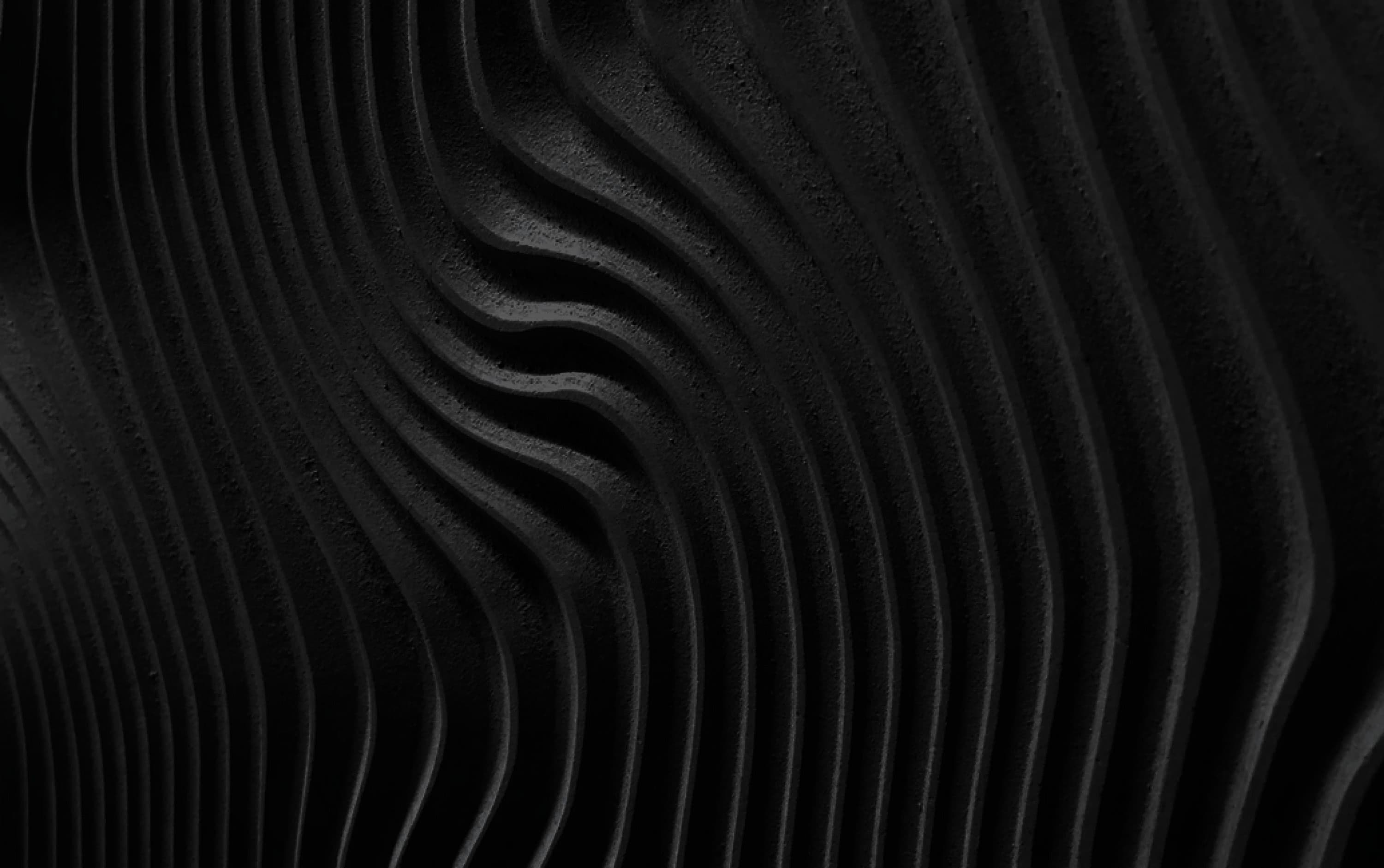Bringing Scandinavian design to the University of Cincinnati with help from Treble
The University of Cincinnati is a public research university in Ohio, USA. The university was founded in 1819 as Cincinnati College, and is the oldest institution of higher education in Cincinnati. It has an annual enrollment of over 44,000 students, making it the second-largest university in Ohio.
It is home to the Carl H. Lindner College of Business, one of the top 75 graduate business schools in the nation by U.S. News & World Report, which was redesigned in 2017 by Danish architecture firm Henning Larsen.
Housing a number of lecture theaters, all of which are designed for to provide students (usually in the hundreds) with excellent visibility and audibility of the main stage, acoustics were an incredibly important consideration.
This was particularly true when looking at how to best design the lecture halls so that voices could carry all the way to the back of the room, but not reverberate off the walls and floor to create a disquieting echo.
Henning Larsen found that with many buildings in the U.S., carpet was often used to control the acoustics of a room. And, as it was such a ubiquitous feature, the Dean of the university was firm in his stance that the new business school should follow suit, sticking to the status quo.
The architects took a different view. They wanted to bring some Scandinavian flair to the new building, opting for wooden floors instead, and controlling the acoustics in a different way. Despite bringing in engineers to convince him, the university Dean was resolute in his stance that the new auditoriums should be carpeted. This is where Treble came in.
Using Treble, Hening Larsen was able to virtually mock up three different lecture halls. One that was carpeted, one that had architectural modifications to the walls and ceiling, and one with modifications only to the ceiling.
The architects were able to bring the Dean into the virtual world to showcase how each of the rooms would sound. Leaving that session, he had completely changed his mind stating “I want the Scandinavian one. That one sounded the best”.
By using Treble’s technology, Henning Larsen was not only able to accurately model what the lecture halls would look like, but also how they would sound, enabling a deeper, spatial understanding of the soundscape, and using far fewer resources along the way.
The school opened for classes in 2019. A visually stunning feat of architecture with a pinch of Scandinavian elegance, culminating in a perfect synergy between design and harmonious acoustics.
